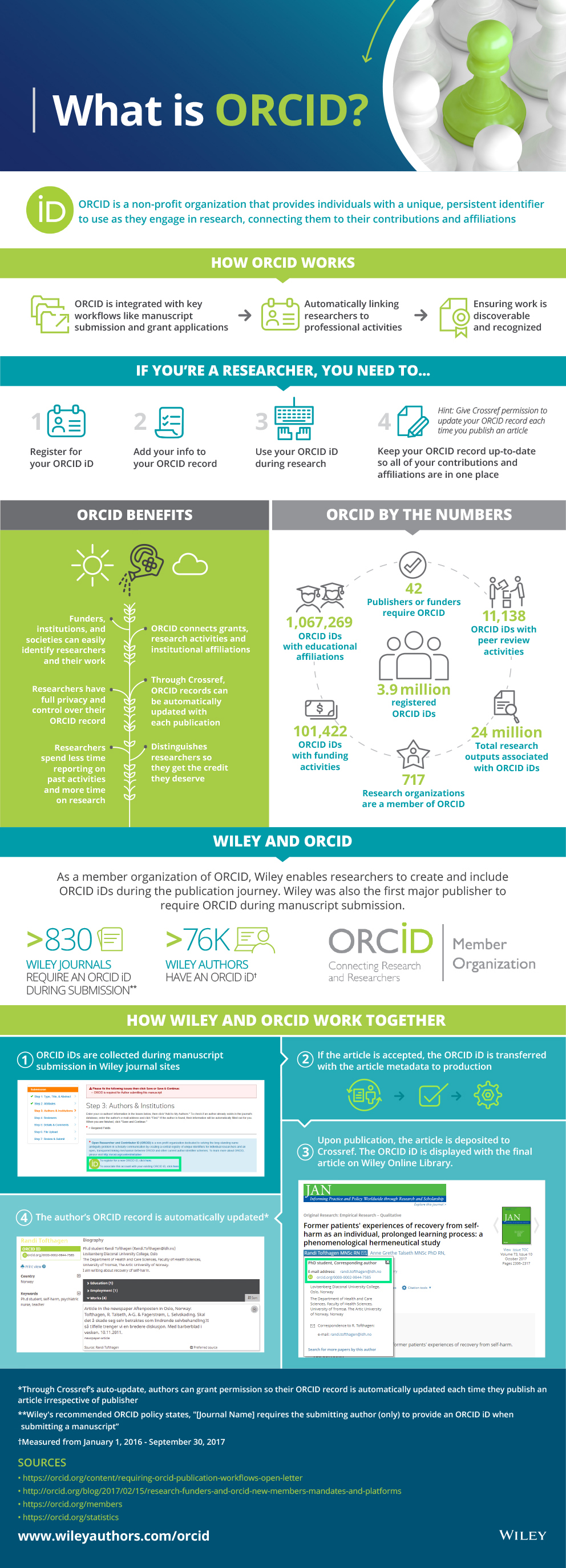progressing-towards-transparency-more-journals-join-our-transparent-peer-review-pilot
January 22, 2019
Here at Wiley, we’re committed to moving towards greater openness and reproducibility of research, including increasing transparency in peer review. As part of the movement to make research more open, a transparent peer review workflow shows readers the process behind editorial decision making, increases accountability, and helps recognize the work of editors and peer reviewers. EMBO press, one of Wiley’s publishing partners introduced transparency into their processes 2009.
Back in September, we announced an initiative to pilot an automated, scalable transparent peer review workflow, in collaboration with Publons and ScholarOne (both part of Clarivate Analytics). The first journal to join the pilot was Clinical Genetics (check out our Q&A with the Editor-in-Chief here).
How does transparent peer review work?
The pilot offers authors the choice of transparent peer review when they submit to the journal. If their article is published and authors have elected for transparent peer review, the peer reviewers’ reports, authors’ responses, and editors’ decisions will then accompany their published article. Reviewers also have the option to disclose their names alongside their reports, if they so choose.
The peer review history is openly available on a page hosted by Publons via a link from the published article (see an example here). Each component has a DOI, ensuring each element is fully citable. For those reviewers who choose to sign their reviews, the DOIs can also be added to their ORCID records.
This policy also reflects findings from a survey revealing support for more openness into peer review and a recent call to publish peer reviewer reports advocated by the UK Wellcome Trust, Howard Hughes Medical Institute (HHMI) and ASAPbio (a non-profit organisation encouraging innovation in publishing). Their open letter - in support of the benefits of increased transparency in peer review - currently has over 300 journal signatories.
How are authors responding?
Since launching the pilot, the feedback from the Clinical Genetics community has been extremely positive. This is reflected in 83% of authors opting for transparent peer review (278 of 336 submissions). The percentage of peer reviewers signing their reports is low at 19% (of 86 reports posted, 16 had identities). We will be sharing more detail on our findings at the Open Science Conference taking place in Berlin in March 2019. It is heartening to see that other publishers are also reporting positive results from their pilot initiatives to publish peer review reports (see findings from BMC and Elsevier).
“The 83% opt-in rate to publishing the contents of peer reviews is phenomenal and reflects a real demand for more transparency in the publishing process. I hope this success encourages many additional journals to offer the option to their own authors.”
Jessica Polka, Director, ASAPbio
Next steps toward transparency
To change the conversation around transparent peer review and learn more, it’s vital that any initiative has the capability to scale and be compatible with different peer review models, across diverse subject disciplines and publisher workflows.
We are therefore delighted to announce that a further ten journals are joining the pilot (see Table 1 below). Some of these journals already mandate transparent peer review (read about European Journal of Neuroscience’s experience here). By joining the pilot, these journals are benefitting from more efficient workflows, ease of navigation of the pre-publication history, and assigned DOIs for each element of peer review.
Table 1. Journals participating in the next phase of the transparent peer review pilot

The other journals joining the pilot did not previously offer transparent peer review as an option for authors. By joining the pilot, these journals have the flexibility to incorporate transparency into their existing workflows and processes without making other major changes to how they conduct peer review. When combined with author choice (and peer reviewer choices) this approach provides a very flexible way to open-up peer review.
“While this sounds like a radical idea, and in certain respects it is, it’s a first step in the direction of real open science.”
Paul Kirschner, Editor-in-Chief, Journal of Computer Assisted Learning
We hope offering transparent peer review for journals across a wide range of subject disciplines will bring many benefits to peer review. However, we recognize that these changes may take time to be fully supported across different disciplines. We will continue to share our findings on how this initiative is progressing—our goal is that this initiative can continue to scale, involving more journals and other publishers in the future.
Thank you to the dedicated team who contributed so much time and energy to scale this initiative: Erin Arndt, Tiago Barros, Simon Bell, Josh Dahl, Faith Garrison, Chris Graf, Laura Harvey, Matthew Hayes, Mark Domingo, Elizabeth Matson, and Elisha Morris.
For Wiley editors, we’re hosting a waitlist for the next group of journals that would like to introduce more transparency to the peer review process. To add your journal, please speak with your Wiley Journal Publishing Manager.
Looking to become a peer reviewer? Check out our hints and tips.
Are you an active peer reviewer? Join over 150,000 Wiley Peer Reviewers on Publons to help you record, verify, and showcase your peer review contributions.










